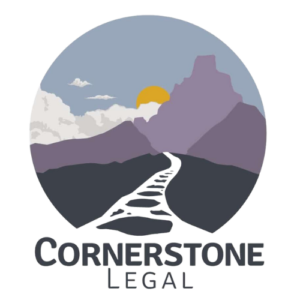Business Planning

Formation
A Sole Proprietorship is not formed as a separate entity, but is rather a business run by an individual for their benefit. A DBA can be filed with your county.
Formation
A Partnership is an agreement that can be formed verbally or in writing, between two or more people, who intend to do business together for profit.
Formation
A Corporation is formed by filing Articles of Incorporation with the Corporations Division of the Michigan Department of Licensing and Regulatory Affairs, establishing ByLaws, and obtaining an EIN.
Disclaimer
The information contained in this website is provided for informational purposes only and should not be construed as offering legal advice or creating an attorney-client relationship between the reader and the attorney. You should not act or refrain from acting on the basis of any content included on this website without seeking appropriate legal advice from an attorney licensed in your state.



